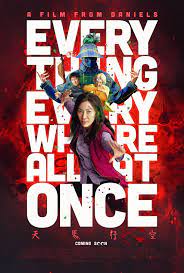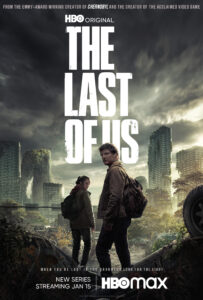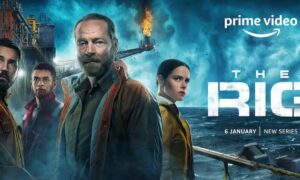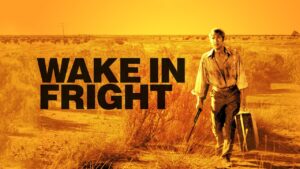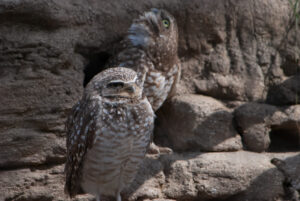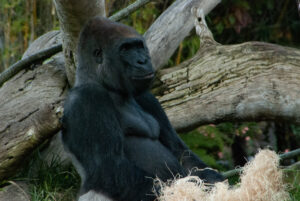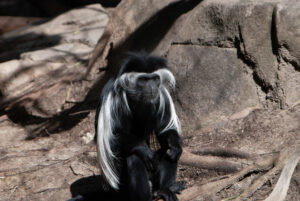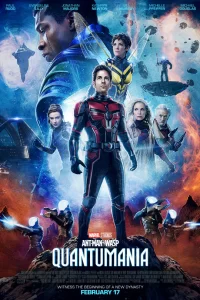Movie Review: 65
Adam Driver plays a pilot from an alien civilization that crashes on Earth 65 million years ago at the end of cretaceous period and must save himself and his sole surviving passenger while fighting off dinosaurs.
That single sentence description far more action and entertainment than the delivers. I went into the auditorium expecting a fun, mindless, ‘popcorn movie’ but discovered that 65 failed to deliver anything approaching even the barest minimums of engagement. It would be difficult for me to remember a screening that had left me as bored as this one.
Driver’s character, Mills, is given a perfunctory and cliche backstory, presumably to create emotional engagement and to misdirect the audience as to the exact nature of his emotional distress. After encountering another tired, worn, and idiotic cinematic cliche from bad 50’s Sci-Fi 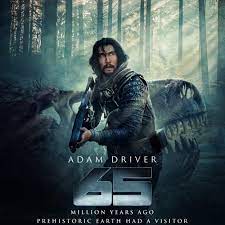 films, the ‘uncharted meteor storm,’ his ship is disabled and crashes on cretaceous Earth, an equally ‘uncharted’ planet. The passengers, all in some sort of hibernating sleep capsules, are killed save for the one that will have emotional resonance with Mills. However, this star-faring race with faster than light travel apparently never invented a manifest and so he has no idea who she is, where she’s from, or even which languages she might possibly be familiar with. Now this ersatz father-daughter duo must transverse on foot less than 10 miles to escape this deadly planet.
films, the ‘uncharted meteor storm,’ his ship is disabled and crashes on cretaceous Earth, an equally ‘uncharted’ planet. The passengers, all in some sort of hibernating sleep capsules, are killed save for the one that will have emotional resonance with Mills. However, this star-faring race with faster than light travel apparently never invented a manifest and so he has no idea who she is, where she’s from, or even which languages she might possibly be familiar with. Now this ersatz father-daughter duo must transverse on foot less than 10 miles to escape this deadly planet.
What should have been a sequence of set pieces with thrills, tension, and scares quickly becomes a tedious pattern of nothing exciting. Oh, Mills and the girl do face danger at every turn but nothing that was supposed to be tense ever possessed the least amount of actual tension. Mills has advanced technology to assist, except for when the scrip requires it to fail, which it does just long enough to cause trouble and then the tech resumes proper function. There is a piece with a waterfall that I honestly thought. “Oh, they ripped this off from the Universal Studio’s ride, and the ride did it better.”
The third act bring in the Chicxulub impactor, the asteroid hypnotized to have cause the extinction of the non-avian dinosaurs, as an additional ‘ticking clock’ and a futile attempt to inject tension into the flaccid fairytale.
Nothing that happens in 65 is in the least bit surprising, original, or even entertaining. It is a movie constructed of bit and bobs from better films and wasted 90 minutes of my limited time on the planet.

